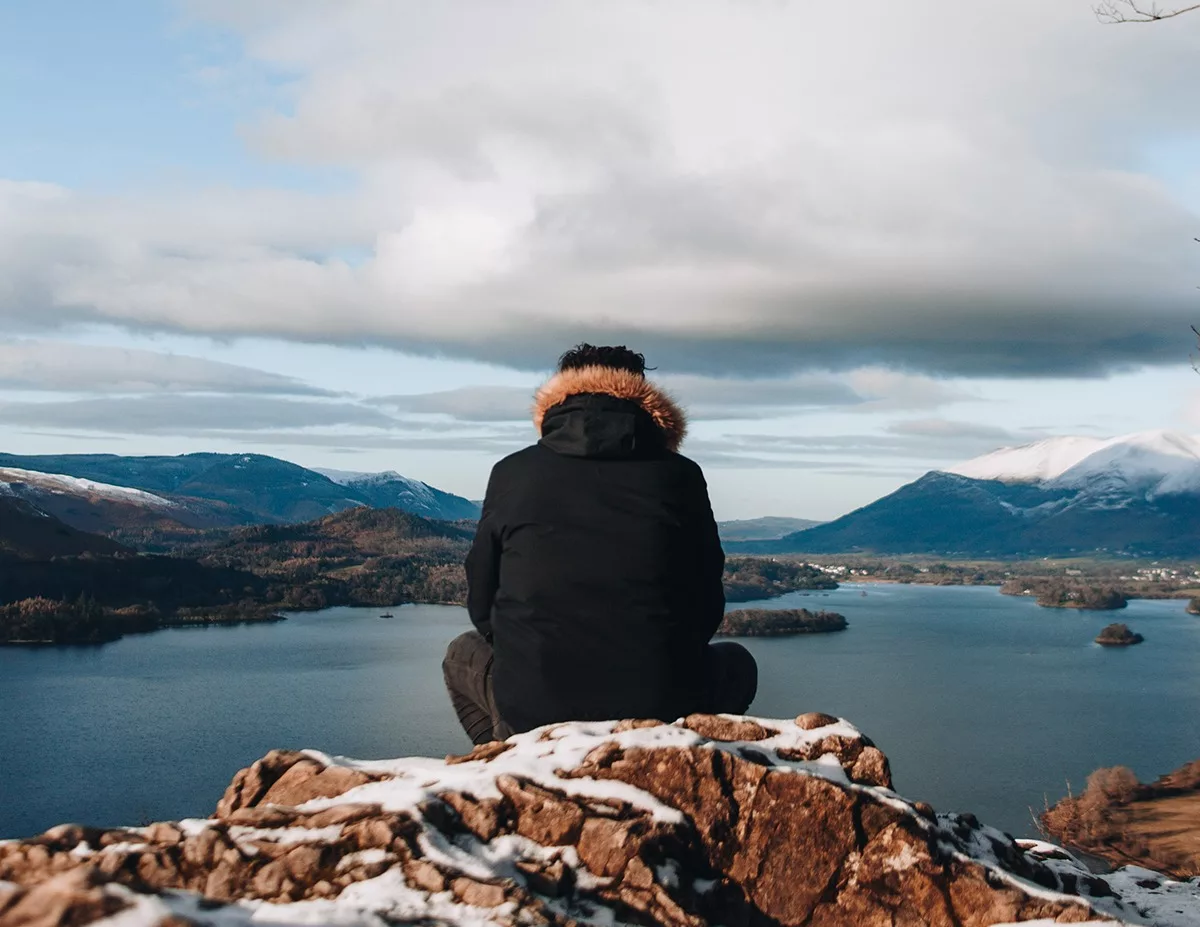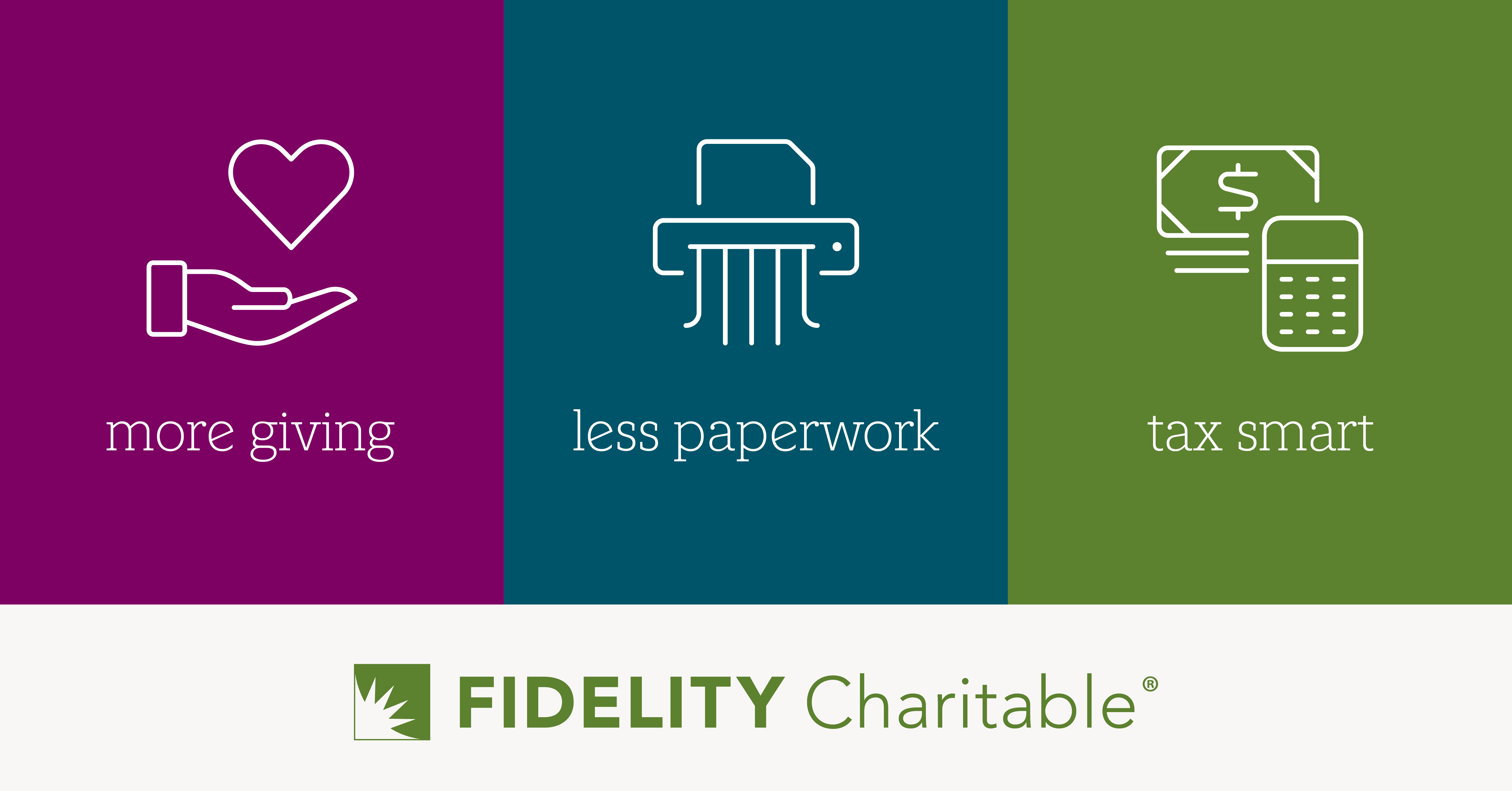The dramatic rise in displays of White supremacy in the US feel like it has set our country back several decades from any progress we’d made on equal rights. The president’s openly racist and divisive remarks serve to spur on expressions of overt racism through unabashed name-calling. We’re seeing an alarming rise in hate crimes, including the attack on a Syrian teenager in San Diego because he was speaking Arabic.
It’s time to acknowledge this swell of racial and cultural biases, and work to overcome them for the good of our communities and our country.
In part, we need to confront our own deep-seated biases. While it’s human nature to gravitate to others who look and think like us, we need to be aware of our self-imposed isolation from others. Tellingly, a survey of data from Gallup polling reveals that, among predictors of support for Trump’s 2016 candidacy was “living in racially isolated communities.” When we don’t know people who are of different races or cultures, or have different social values or political affiliations, it’s far too easy to let biases color our perceptions.
Today, more than ever, we have segregated into homogenous communities of people with whom we identify — by race, religion, political affiliation, socio-economic group, and even preferred media sources. This increasing tendency to surround ourselves only with people like us accentuates our tribalism and mistrust of those we consider “the other.” It fuels an “us versus them” mindset.
For example, Black men are more often shown as criminals in various forms of media versus any other group. Exposure to the sea of information and often misinformation that negatively stereotypes Black men leads to fear and distrust. We’ve seen the repercussions of such profiling in the numbers of Black men — who often are innocent— killed at the hands of police.
Unconscious bias plays a strong role in our propensity to stereotype people. Unconscious bias accounts for the attitudes, opinions, and stigma we form about certain groups of people outside of our own conscious awareness. It results from social conditioning, belief systems we have been taught or exposed to, incidents we remember, or any number of other assumed “truths” we have picked up along the way.
For a long time, our general belief has been that stereotypes and biases were attributes of bigoted people. However, while that may be true to some degree, an explosion of studies about the unconscious over the past two decades is revealing that all people use biases and stereotypes, all of the time. And all of us do so without realizing we’re doing it. This trait makes it easy for us to demonize groups with whom we have had little exposure or experience, and to overlook the broader qualities we share as humans.
Our social judgments constructed by our unconscious mind about “those kind of people” makes it easy for our president to bait his followers by generating hate towards others. But we must break out of our hostility toward people unlike ourselves and find more understanding and civility.
To do so, we must work to look beyond our assumptions. This means:
- Looking at different perspectives. One of the most effective ways to dis-identify with our biases is through exposure to people and groups with whom we harbor biases against. The bottom line is, the more we get to know people for who they are, the less we associate them with a stereotype.
- Paying attention to our gut reactions. When we pay attention, we can sense when we’re reacting from an earlier emotional place. Even if we can’t recall an incident or know what we are triggering, the very fact of sensing that we’re reacting to something from the past can help us “dis-identify” with the reaction and choose a different behavior. For example, if we bristle when asked to hurry up, the emotion may correlate with conflicts we had with parents as a child when we were running late.
- Bringing awareness to our biases. What we can do to deal with bias is somewhat similar to what we do when we shift a car into neutral. When we shift into neutral, the engine doesn’t stop running, but for that moment at least, the engine isn’t driving the car. The same is true when we bring our awareness to our biases. The bias may still be there, but at that moment we have some ability to manage how much it controls our behavior.
- Striving to make the unconscious conscious. Unconscious bias is part of our fundamental survival mechanism. When we understand this, it allows us to bring compassion to others and to ourselves for our blind spots. It also means that we need to discard the good person/bad person paradigm and recognize the humanity in each of us. Remove any self-criticism about biases and take on the task of self-exploration. It can be a very illuminating experience.
Who we are and who we want to be as a society will ultimately be defined by our ability to raise our consciousness beyond our tendency to simply react from biases.






